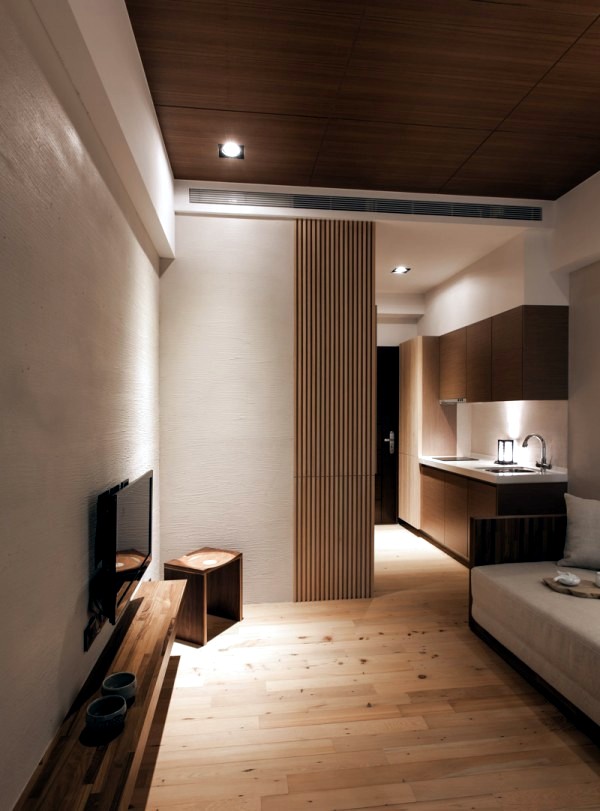
After viewing close to 70 properties, it was an 1890s Brooklyn Italianate that finally felt like the One. With multiple Grammys for Batiste’s album 'We Are' and Jaouad’s bestselling book, 'Between Two Kingdoms', this powerhouse couple wanted a home in which they could live and create simultaneously. When freshly laid out, there is a fresh, grassy scent that wafts through the room that calms and soothes the mind.Today AD is welcomed by Jon Batiste and Suleika Jaouad to tour their beautiful home in Brooklyn, New York. Traditional Japanese homes have tatami laid in rooms, as opposed to parquet flooring as it is cool in the summer and warm in the winter. Tatami flooring, also known as straw mats, are typically made from woven igusa, a water rush that grows in the southern area of Japan. They were intended to imitate the essence of nature and served to encourage meditation about the meaning of existence. Rock gardens typically consist of rocks, water features and some greenery atop of sand or gravel. Other than wood, another common natural feature of Japanese interiors include simple internal rock gardens. Rock gardens (Image credit: Interior design ideas)Įvery Japanese home includes a serious respect for nature, as part of its aesthetic of balancing what is man-made and natural.
ASIAN MINIMALIST BATHROOM WINDOWS
If it gets a bit too sunny, opt for sheer, gauzy curtain panels to frame your windows instead. If possible, try to incorporate skylights, and expansive windows to open up the home, and forgo the heavy curtains. As mentioned above, open space and minimalist design principles reign in Japanese design.


Research has also proven that natural lighting helps us be more productive, happier and calmer as well. Minimalist design and open spaces reign in Japanese interiors, and one way to achieve this design aesthetic would be the use of natural lighting. Natural lighting (Image credit: lookboxliving) Incorporate it in bigger pieces, like bed frames and sofas to mimic this comfortable look. However, most modern homeowners still require actual furniture, so the modern renditions of this aesthetic is replaced with low to ground furniture. Most Japanese interiors include movable floor cushions that forgo actual chairs and sofas. Low to ground furniture (Image credit: nyomtassolcson) Wood staining protects and preserves the natural beauty of the wood as opposed to paint. Wood is prized in Japanese interiors, but if you’re looking to change the colour of your wood, stain it instead of it painting over. Try replacing a large internal wall with a Shoji as it could be a great way to incorporate some light into your home. A key feature of both modern and traditional Shoji is that it does not block the natural light.

Modern versions of the Shoji uses glass panels instead of rice paper for easier maintenance. Unlike regular swinging doors, Shojis slide back and forth, saving space in small homes.

Traditionally, they are made from translucent rice paper framed by wood. One of the most iconic elements of Japanese interiors is Shoji, also known as sliding screens. Sliding doors (Image credit: nippondaira hotel) Bring some of these tranquil decorating touches to your home with key elements of this interior style to replicate a peaceful, Zen state of mind. Japanese interiors have a quiet, meditative feel that encourages those in the space to take a step back to enjoy the simpler things in life.


 0 kommentar(er)
0 kommentar(er)
